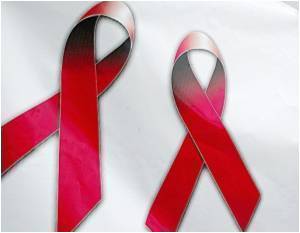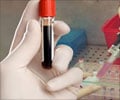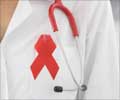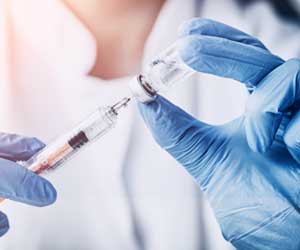A senior UN official said that as many as 10 million HIV-AIDS deaths could be prevented by 2025, but it would require a remarkable expansion and simplification of treatment.

"We must reshape the AIDS response," the Globe and Mail quoted Sidibe as saying.
However, UNAIDS officials accepted that treating 15 million people with Treatment 2.0 would cost an estimated 26-billion dollar every year, even if the costs of testing are reduced.We're 10-billion dollars short a year," said Paul De Lay, deputy executive director of UNAIDS.
He added that getting those additional funds will not be easy in tough economic times but insisted that it is a good investment because the number of HIV-AIDS cases will fall and treatment costs will be reduced sharply.
Bill Gates of the Bill n Melinda Gates Foundation, said he supported the new approach but it would take time to implement.
"Realistically, for the next few years, funding will not be going up and that's a real constraint," he said.
Gates added the financial pressures make innovation and efficiency all the more important in the field of HIV-AIDS.
For example, Gates said the best bang-for-the-buck could come from promoting circumcision in sub-Saharan Africa, the epicentre of the pandemic.
He said prevention programs should also be more targeted at high-risk groups in specific countries, such as commercial sex workers in India and intravenous drug users in China.
Bernard Schwartlander, chief epidemiologist at UNAIDS, said that while much work remains to be done, it is important to recognize how much progress has been made in recent years.
For example, five million people are now taking antiretrovirals in the developing world, up from "almost nothing" in 2002.
In 15 of 25 of the hardest-hit countries, the prevalence of HIV-AIDS has fallen by 25 per cent or more in the past decade, added Schwartlander.
Source-ANI










